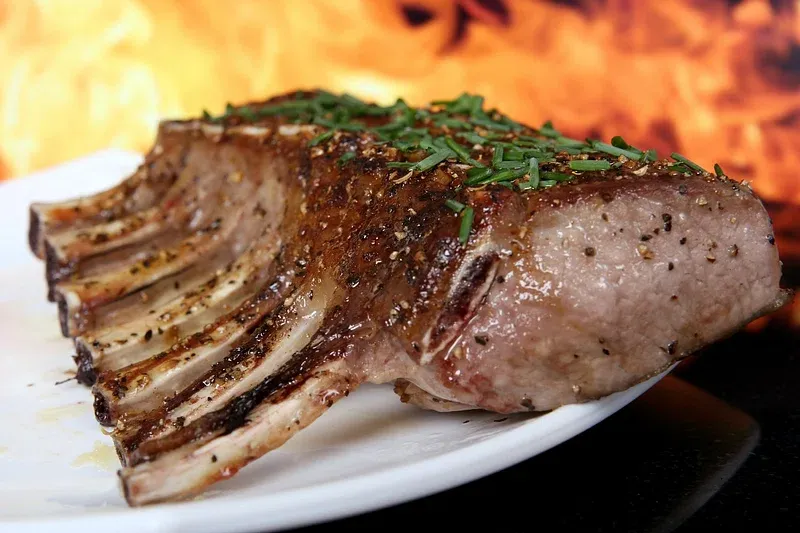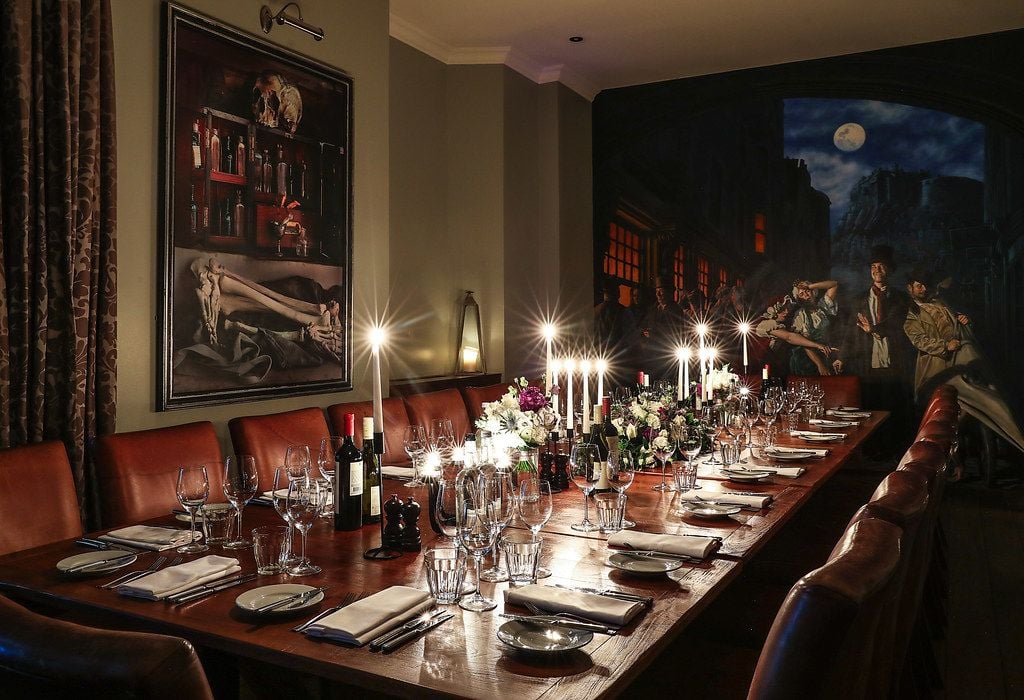
Japan's Newest Cocktail Trend: The Chu-Hi Highball
- Jul 22, 2024
Cocktail trends are fleeting; what's popular today can be easily forgotten tomorrow. But every now and then, a beverage surfaces that manages to have enviable staying power. The Aperol Spritz readily comes to mind with its refreshing bite and hold on popular culture. But the cocktail world is vast and ever-changing, and rising in Japan is a drink that's poised to be the next trendy sip-enter Chu-hi, a Japanese highball that combines shochu, club soda, and delightful fruit flavors such as watermelon, lemon, or yuzu.
The name Chu-hi, sometimes called "Chuhai," is a casual moniker for Shochu Highballs-a drink that may well be appearing in your favorite bar, restaurant, or store soon, if it hasn't already. To understand the essence of Chu-his, one must have a basic understanding of their main component: shochu.
Unlike its Korean counterpart soju, shochu is a lower-alcohol Japanese spirit distilled primarily from grains and vegetables such as sweet potato, barley, and rice. Each variant of shochu possesses a unique flavor profile; it can be bright or funky, depending on what it was distilled from. And while shochu is a complex spirit, the fruit and bubbles in a Chu-hi make it a straightforward and tasty entry point.
Matt Resler, a bartender at Bar Goto in New York City, says introductions to Chu-hi are a fantastic way to showcase the taste of shochu without overwhelming newcomers. "Even though shochu tends to have lower alcohol content, it’s still an unfamiliar spirit to many, and Chu-hi is an excellent way to showcase their unique profile while toning down the stronger alcohol notes," he explains.
With its extensive diversity of flavor, shochu allows the Chu-hi to be a flexible beverage. If you're searching for an easy-sipping drink perfect for every season, this could be the ideal choice. "In the summer months, the brightness of rice shochu and crisp soda water is remarkably refreshing," says Resler. "During the winter months, I lean towards a sweet potato or buckwheat shochu, whose earthy and funky umami notes pair excellently with food on chillier days."
Paul Nakayama, president and co-founder of Nankai Group in Harbor City, California, highlights another benefit of Chu-hi. "Shochu is required to be additive-free. So, you could think of Chu-hi as a Japanese version of a White Claw without the additives."
Although Chu-hi might not be ringing the same bells as the Aperol Spritz just yet, the growing interest in low-alcohol beverages might well launch this elixir into stardom. Nakayama believes that "Interest in low-ABV drinks has undoubtedly benefited Chu-hi. Eventually, we're expecting more of an explosion of interest."
Enthusiastic drinkers will also discover a unique bond in Chu-hi-a connection to the rich traditions and culture surrounding Japanese food and drink. Kendra Hada, bartender at ABV in San Francisco, thinks "more and more, people want to slow down and connect with each other. Chu-his are perfect for letting people enjoy themselves for a longer period, and there's a certain romance to that.”
You don’t have to be a fan of low-alcohol beverages to enjoy a Chu-hi. All it takes is the wish to savor something delicious while spending quality time with your loved ones. Light, refreshing, and crushable-the Chu-hi may very well be the next cocktail trend that makes a significant splash.






